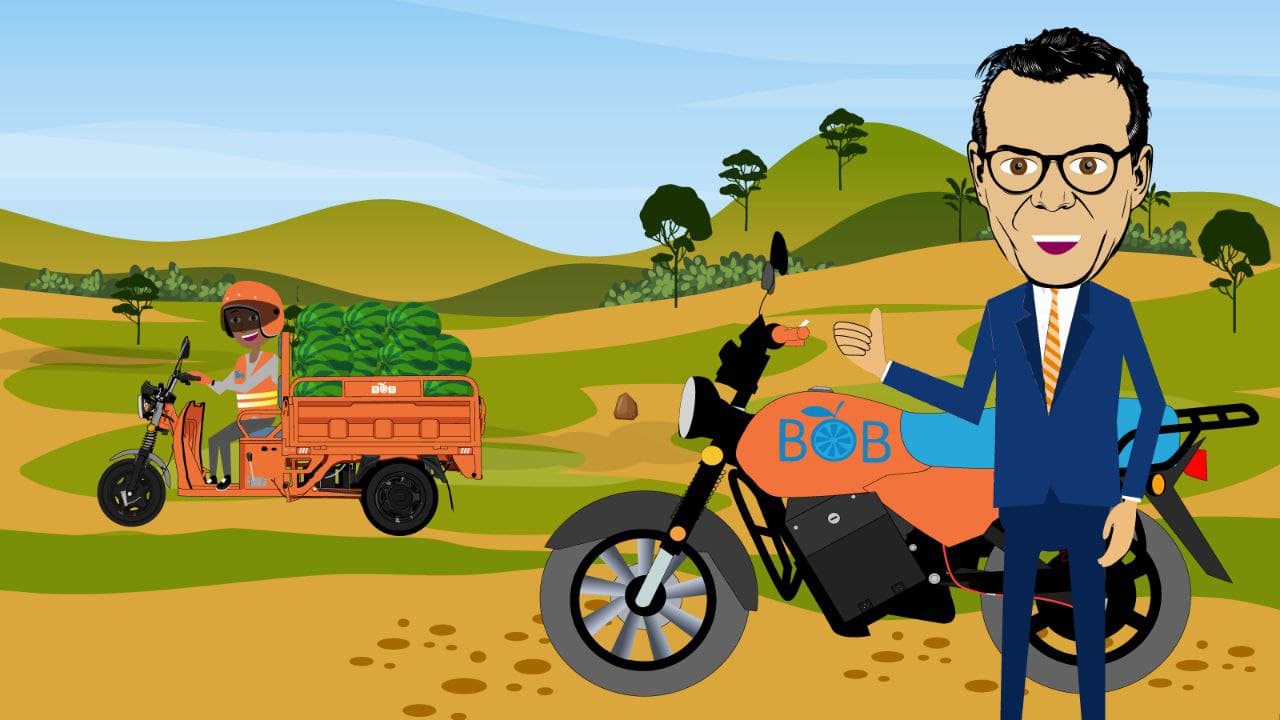[ad_1]
by Pauline E. Burnes, PLA
I met Scott Wilkins at his new climate-controlled 100-by-240-foot indoor horse arena near Bath, NY, when I audited a Luke Reinbold Cattle and Horsemanship Clinic. When I learned that Wilkins operated a very large dairy, with 2,000 cattle on the main farm between dry cows, heifers and calves, I was intrigued to learn more about the dairy operation.
Scott and his wife Barbara started the dairy business in 2002 with the purchase of an existing dairy farm. They originally leased out the property to other dairy farmers, as their main business was property rental, which is still a part of their combination of enterprises. Scott and Barb decided to stop leasing out the dairy barns in 2002 and started their own 45-cow dairy, and milked in tie-stalls.
Barb Wilkins grew up on a dairy farm with her family. Scott has a background in business management and has a combination of enterprises. Over the years, they expanded the dairy herd to 900 milking cows. To accommodate the approximately 2,000 cattle on the main farm, they built newer barns and now farm 3,500 acres of land. Their son Kaelan attended SUNY Morrisville and studied agricultural engineering. Kaelan works on the farm with a staff of other full-time workers. Sixteen-year-old daughter Emily is a champion barrel racer and manages the Wilkins’ new 40,256 square foot horse barn with 27 box stalls and climate-controlled indoor arena.
The Wilkins’ herdsman, Victor Madrigal, studied veterinary medicine in Mexico and obtained his veterinary license in that country. He is trained to oversee effective herd health, animal reproduction, nutrition and is responsible for overseeing all professional dairy activities. Madrigal performs detailed recordkeeping that tracks cow health. He also trains and manages farm employees.
The Wilkinses have Dr. Rob McNeill from Rushford on the farm every Wednesday to do pregnancy checks and other veterinary work as needed. Also scheduled for frequent visits is the hoof trimmer. Regular attention to hoof care is especially important to herd health, and foot baths are also used to help control infections. A watchful eye is kept on the herd to treat any lameness issues. An animal nutritionist visits the farm every Wednesday to run a computer model and adjust feed levels.
To manage the milking of 900 cows daily, the Wilkinses have a double-12 milking parlor. Cows are milked at 4 a.m., noon and 8 p.m. This schedule allows for the cleaning of the parlor three times in a 24-hour period. The milk is marketed to Land O’Lakes, picked up twice daily and shipped south to Carlisle, PA. There are two milk holding tanks, holding 1,500 gallons and 6,000 gallons.
(L – R) Victor Madrigal, herdsmen Agustin and Armando and Barbara Wilkins. Photo by Pauline Burnes
Most of the cows are Holsteins. An important factor in determining profitability is the individual’s feed conversion efficiency to milk. A good milk producer can deliver 85 – 95 pounds of milk per day. A production rate of 60 pounds daily is needed just to break even. Scott Wilkins is a believer in investing in the best genetics, in both horses and dairy cattle. This investing strategy pays dividends in milk production and herd health with the cattle and performance capability with competition horses.
When asked about challenges in owning and operating such a large dairy farm, Barbara Wilkins instantly said “a million.” Frigid winter weather is one, but the Wilkinses have a large shop and can park most of the farm equipment in it to keep engine blocks warm. The animals are housed together and benefit from each other’s body heat. The large cattle barns have curtains which help to hold the cow heat in the barn. The calves are kept in separate pens in a nursery barn, and each calf has its own “baby blanket” in winter. Housed in the same barn are the calves who have graduated from their individual pens. The head nursery worker is Sara, who takes great pride in making sure the calves are receiving proper care.
The milking cows have stalls bedded with sand. This is a special challenge in cold weather when cow waste mixed with sand freezes, which increases the incidence of breaking chains in the sand buggy. Use of the manure vacuum truck is more difficult and operating the skid steer to clean stalls takes four times as long to accomplish the task of stall cleaning.
A few years ago, the Wilkinses were purchasing sand for bedding. When a local sand and gravel business nearby came up for sale, they purchased it. This gave the Wilkinses a nearby source for gravel and sand with product to sell to local highway departments.
The Wilkinses have a farm plan in cooperation with USDA-NRCS. They use soil testing services to determine accurate needs for fertilizer management. Due to the size of the operation, the Wilkins Dairy is a concentrated animal feeding operation (CAFO). With 2,000 cattle of various ages on the farm, waste management to maintain cleanliness and protect herd health is an ongoing effort. Making sure manure is used in an efficient manner with pollution runoff control is vital to meet the requirements outlined in the farm’s CAFO.
Even though the Wilkinses farm 3,500 acres, most of the crops are haylage and corn silage. Retired truck drivers are hired April through October to assist with manure spreading and harvest operations. Although forage is raised on the farm, there is still a cost for grain, minerals and vitamins.
Much of the success of the dairy operation depends on careful attention to genetic selection and breeding for desirable characteristics that include milk production, conformation and a high rate of female offspring.
The cost of feed, fuel and fertilizer continue to increase, affecting the farm’s profit margin. Other financial challenges include the increase in minimum wage and periods of staff shortages due to COVID-19. The pandemic has impacted the Wilkins family and farm staff, not just in illness but the time required to quarantine.
Economic concerns on the horizon for the dairy includes the potential change in overtime hours for farm workers.
The Wilkins family’s enterprises include a horse ranch near Fort Worth, Texas. Emily will soon be competing in the barrel racing finals at the American Rodeo. The American Rodeo is called the richest single-day event of all Western sports and boasts a total purse of more than $3 million, including a $100,000 check for individual winners. As the famous cowboy hero Hopalong Cassidy used to say, “That ain’t hay.”
[ad_2]
Source link

















